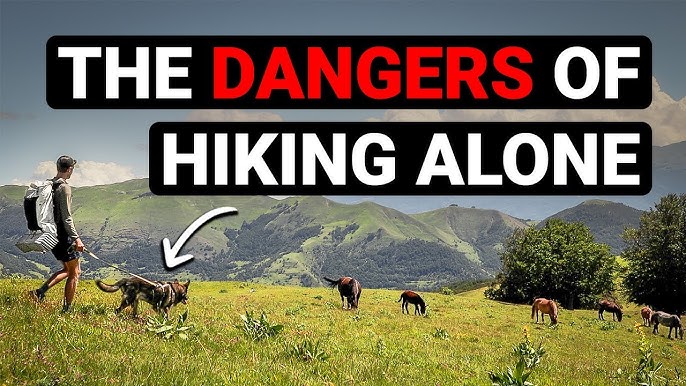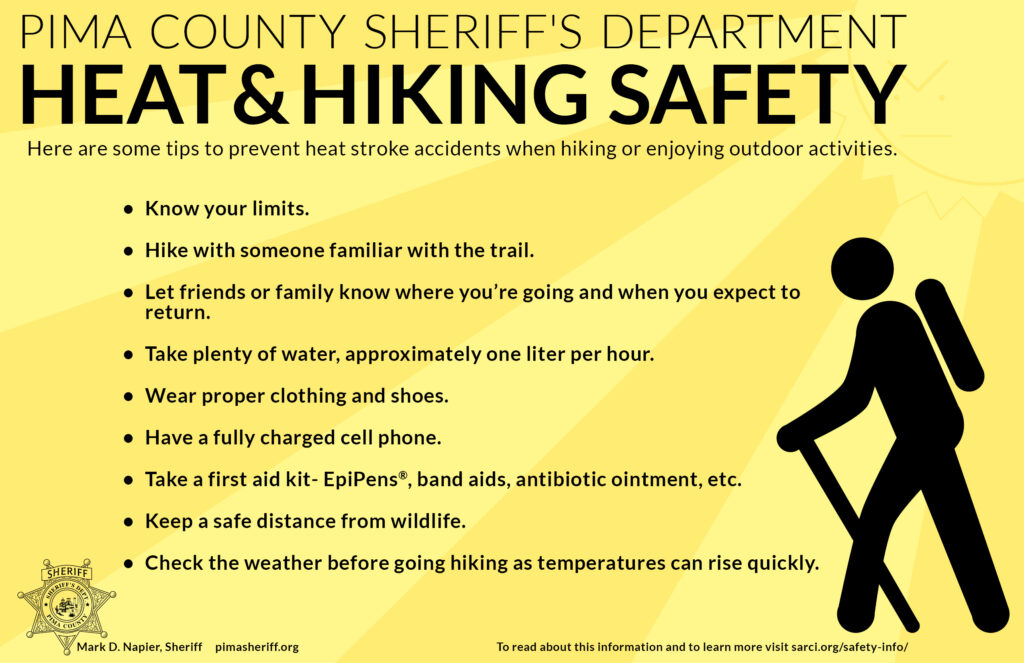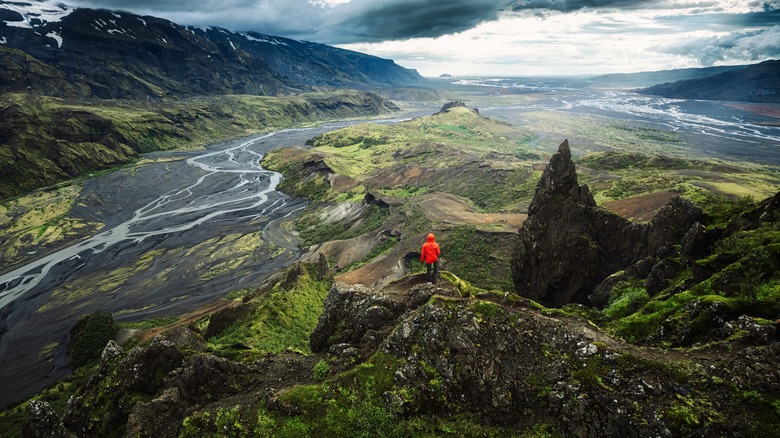
Hiking Safety Tips: Stay Safe on Every Trail
Exploring nature on foot can be one of the most rewarding experiences, but it also carries inherent risks. Regardless of your experience level, staying safe while hiking requires preparation, awareness, and the right mindset. This comprehensive guide covers everything from weather awareness and wildlife safety to trail marking and the benefits of group hiking.
Why Hiking Safety Matters
Nature is beautiful but unpredictable. Whether it’s an unexpected storm, loose trail footing, or a surprise encounter with wildlife, preparedness can mean the difference between an enjoyable hike and an emergency situation.
Consequences of Poor Preparation:
- Injury or illness
- Getting lost
- Dangerous wildlife encounters
- Dehydration or hypothermia
1. Weather Awareness

Check the Forecast
- Always consult local weather services before heading out.
- Be aware of sudden changes, especially in mountainous regions.
Dress for Conditions
- Layered clothing for changing temperatures.
- Waterproof gear for rain or snow.
- UV-protective clothing for sunny trails.
Understand Seasonal Hazards
Avalanche risks in winter.
Heatstroke danger in summer.
2. Wildlife Safety
Know Local Wildlife
- Learn which animals inhabit the area (bears, snakes, mountain lions).
Encounter Protocols
- Bears: Stay calm, back away slowly, don’t run.
- Snakes: Watch where you step, avoid tall grass.
- Insects: Carry repellent, wear long sleeves.
Food Storage
- Use bear canisters or hang food to prevent attracting animals.
3. Trail Marking and Navigation

Understand Trail Signs
- Blazes, cairns, and directional posts guide the way.
- Study maps before the hike.
Carry Navigation Tools
- Physical maps and compass.
- GPS device or smartphone with offline maps.
Stay on the Trail
- Avoid shortcuts that damage the environment and can get you lost.
4. Benefits of Group Hiking
Safety in Numbers
- Groups deter wildlife.
- Help is available in case of injury.
Social Enjoyment
- Shared experiences enhance the hike.
Communication
- Assign roles: navigator, medic, rear guard.
5. Emergency Preparedness
First Aid Kit Essentials
- Bandages, antiseptic wipes, pain relievers, blister care.
Emergency Contacts
- Inform someone of your route and expected return.
- Carry a whistle or flare.
Survival Gear
- Emergency blanket, multi-tool, fire starter.
6. Physical and Mental Preparation
Know Your Limits
- Don’t overestimate your fitness level.
- Gradually build endurance.
Stay Hydrated and Nourished
- Drink water regularly.
- Carry high-energy snacks.
Rest When Needed
- Listen to your body to prevent exhaustion.
7. Environmental Responsibility
Leave No Trace Principles
- Pack out all trash.
- Respect wildlife and other hikers.
Fire Safety
- Use designated fire rings.
- Fully extinguish campfires.
Real-Life Hiking Accidents and Lessons Learned
Case Study 1: Lost in Bad Weather
- Poor weather awareness led to hypothermia.
- Lesson: Always check weather forecasts.
Case Study 2: Wildlife Encounter Gone Wrong
- Improper food storage attracted bears.
- Lesson: Secure all food and scented items.
Conclusion
Hiking can be both thrilling and safe when approached with preparation and care. Understanding your environment, respecting nature’s power, and following safety guidelines ensures that each hike ends with great memories instead of regrets. Whether you hike solo or with friends, your best tools are knowledge, preparation, and respect for the trail.

One response
Looking for authentic natural locs?
Discover the best natural dread hair at natural dreadlocks, your go-to shop for natural dreadlocks extensions online.
Our collection of natural locs offers handcrafted extensions made from 100% human hair, ensuring a natural look for every hair type. Whether you want natural grey dreadlocks or customized naturally dread hair, we have just what you need.
Why choose our natural dreadlock extensions?
– Real human hair for lasting beauty and natural feel.
– Expertly crafted by skilled artisans to match your natural hair.
– Available in various lengths and shades, including classic natural tones.
– Suitable for long-term wear
– Fast US shipping with tracking and support.
Shop natural dreads that offer comfort and style. Our dreads natural are ideal for anyone looking to enhance their look without compromising authenticity.
Explore the finest natural dreadlocks collection and take your hairstyle to the next level with beautiful natural locs for sale. Whether you are seasoned in natural hair styles, we provide quality, style, and expert guidance.
Order now from Looking for natural dreads for sale?
Discover the top-quality natural dread hair at naturally dread hair, your trusted source for buying natural dreadlocks online.
Our collection of dreadlocks natural hair offers premium-quality dreads made from 100% human hair, ensuring a natural look for any style. Whether you want long natural dreadlocks or customized naturally dread hair, we have the perfect set.
Why choose our natural dreadlocks for sale?
– Real human hair for durability and realism.
– Handmade with care by skilled artisans to blend seamlessly.
– Available in a wide range of colors, including earthy hues.
– Suitable for long-term wear
– Fast US shipping with reliable service.
Buy natural dreadlocks that offer comfort and style. Our dreads natural are perfect for adding volume and length without compromising authenticity.
Explore the finest natural dreadlocks collection and take your hairstyle to the next level with realistic natural dreadlocks hair. Whether you are new to dreadlocks, we provide quality, style, and expert guidance.
Order now from — where natural dread hair meets artistry. — your destination for natural dreadlocks.